7 Reasons To Love The Very Cool Spider Agave Aka Squid Agave

by
Joy Us garden
(IC: blogger)
This very cool succulent, which grows in a slightly twisted and arching form, certainly creates a unique and striking silhouette.
Unlike a lot of agaves, of which there are upwards of 200 varieties, this 1 stays relatively compact and is suited for containers. Agave bracteosa, aka Spider Agave, Squid Agave and Candelabrum Agave is a favorite of mine. It makes my heart go pitter patter and I’m going to give you 7 reasons to love it too.
This is the mother plant in my Santa Barbara garden. As you can see, the pups have spread like crazy, even in between the rocks.
{
"id": "3571059",
"alt": "",
"title": "",
"video_link": "https://www.youtube.com/embed/n0aSbWbI0QY",
"youtube_video_id": "n0aSbWbI0QY"
}
{
"width": 634,
"height": 357,
"showRelated": true
}
7 reasons to love this agave:
Here’s the pot the agave was in. The soil & the agave had sunken down low which caused the summer monsoon rains to rot out those lower leaves.
Hardiness: The Squid Agave is hardy to 10-15 degrees F. I’m happy that mine will be just fine outdoors all year long here in Tucson.
Enjoyed the project?

Want more details about this and other DIY projects? Check out my blog post!
Published October 7th, 2016 3:07 PM




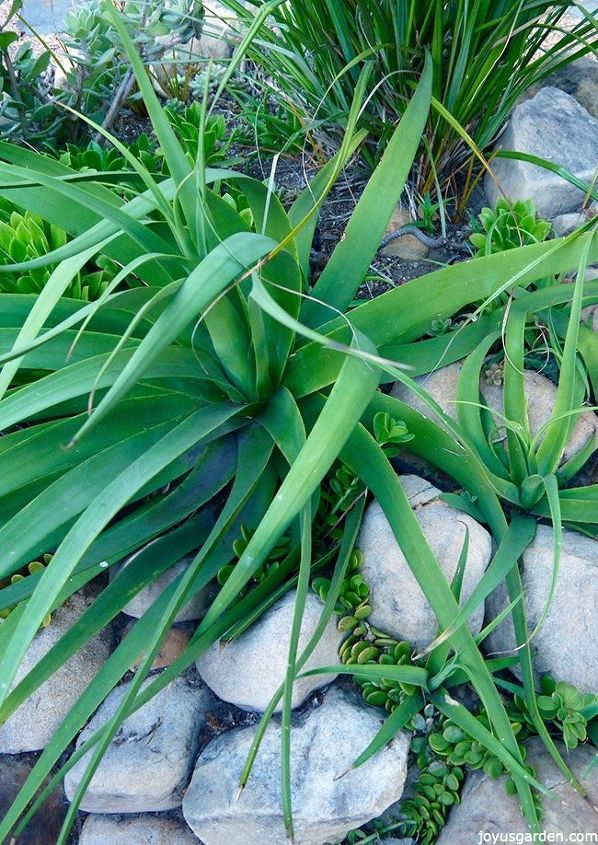


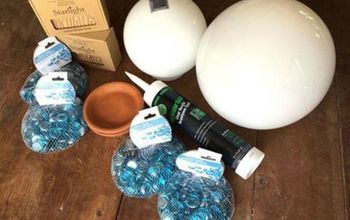
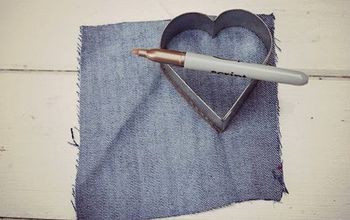





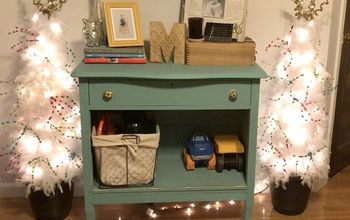











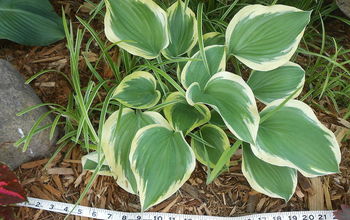
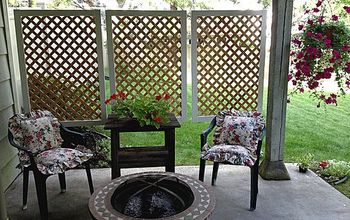
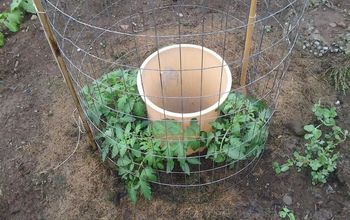

Frequently asked questions
Have a question about this project?